Welcome to our March Newsletter!
Mozart in the Garden, by Maurice Sendak ©1980
“Art has always been my salvation, and my gods are Herman Melville, Emily Dickinson, and Mozart. I believe in them with all my heart. And when Mozart is playing in my room, I am in conjunction with something I can’t explain. I don’t need to. I know that if there’s a purpose for life, it was for me to hear Mozart.”
~ Artist Maurice Sendak (1928-2012) in an interview with Bill Moyers in 2004.
Mozart’s Summer of 1788
Sarasa is looking forward to our next concert-set, focussing exclusively on Mozart's stellar chamber work, the Divertimento in E-flat major for String Trio, K. 563. Close to 45 minutes of music, it is divided into six movements and displays the many sides of Mozart’s character and genius. In-between the movements, we will be reading aloud short excerpts from Mozart’s personal letters, an especially rich archive of anecdotal evidence of his experiences and his growth as a musician, composer, son, husband, friend and father. Mozart completed his only string trio in September 1788, following a period that, despite his desperate financial straits and the death of his young daughter, was full of inspiration and a creative spirit. Between June 26th and August 12th, Mozart composed what turned out to be his final three symphonies— it took him less than 8 weeks to write these momentous works!
To get you in the mood, we thought it would be fun to listen to excerpts of the incredible, groundbreaking finales of Mozart's Symphonies No. 39 and No. 41.
Finale of Mozart 39
Finale of Mozart 41 “Jupiter”
Mozart’s Only Surviving String Trio, “an Unsurpassed Zenith"
Mozart’s music defies description sometimes. It constantly moves us with indescribable joy, despondency, mystery, and impish humour, even irreverence, among many other sensations. Close on the heels of the completion of his Symphony No. 41 “Jupiter” on August 12th 1788, Mozart turned to chamber music in the guise of 3 string instruments, completing his “Divertimento" just five weeks later. Much more than a “diversion,” this string trio ranks as a work of supreme perfection in its genre. It was premiered in April 1789 in Dresden, where Mozart was on tour searching for new, generous patrons. Mozart himself played the viola part. The violinist was Dresden’s court organist, Anton Teyber. The cellist was Antonín Kraft, who played in Haydn’s orchestra at the Esterházy Palace (and for whom Haydn composed his second Cello Concerto in D major).
Mozart’s autograph of the opening six bars of his Divertimento, recorded in his thematic catalogue on 27 September 1788.
Beauty through Adversity: Mozart’s Divertimento in E-flat major, KV 563
for string trio
Katherine Winterstein, violin, Jenny Stirling, viola, Jennifer Morsches, cello
Friday, March 12, 2021 at 5-6pm & 7.30-8.30pm Brattleboro Music Center, Brattleboro, VT www.bmcvt.org
Saturday, March 13, 2021 at 7.30-8.30pm Harvard-Epworth United Methodist Church, Cambridge, MA
All in-person performances will be conducted using current regulations for covid-19 safety including state occupancy limits, mandatory mask-wearing, and social distancing. Please note that no walk-up ticket purchases will be allowed for our Cambridge performances; all tickets must be reserved online in advance. Please also note that changes to state occupancy limits may require us to refund ticket purchases if we exceed occupancy.
Free streaming on www.sarasamusic.org from Saturday, March 20th at 7.30pm! Please join us, and share the joy of Mozart with your friends.
Don’t forget you can still purchase our MOST RECENT CD featuring THE SUPERB Dominique Labelle in Boccherini’s eloquent Stabat mater. IT’s Perfect listening for Lent, or WHY NOT enjoy THE joyous instrumental works on this disc to help usher in the arrival of Spring!
www.sarasamusic.org/recordings
Fanfare Magazine’s Michael De Sapio writes:
This recording uses period instruments and features the excellent Canadian soprano Dominique Labelle. Labelle’s voice strikes me as ideal for this work: rich and darkly plangent, with a slightly flickering vibrato that underlines the pathos, and opening out into a powerful, free-flowing top range. Labelle finds some truly eloquent contours in the phrasing, informed with an aristocratic restraint.
…The Sarasa Ensemble, which is expressively alert throughout, underlines [sic] the nuances of the text. The Sarasa has a number of well-known period specialists among its ranks, and their expertise is evident right from the closely woven web of lines in the opening movement. Labelle’s soprano and the period strings blend beautifully.
…Sarasa catches these switches of character with panache. They bring energy, spirit, and at times melting melodic contours to both the instrumental works on this disc.







